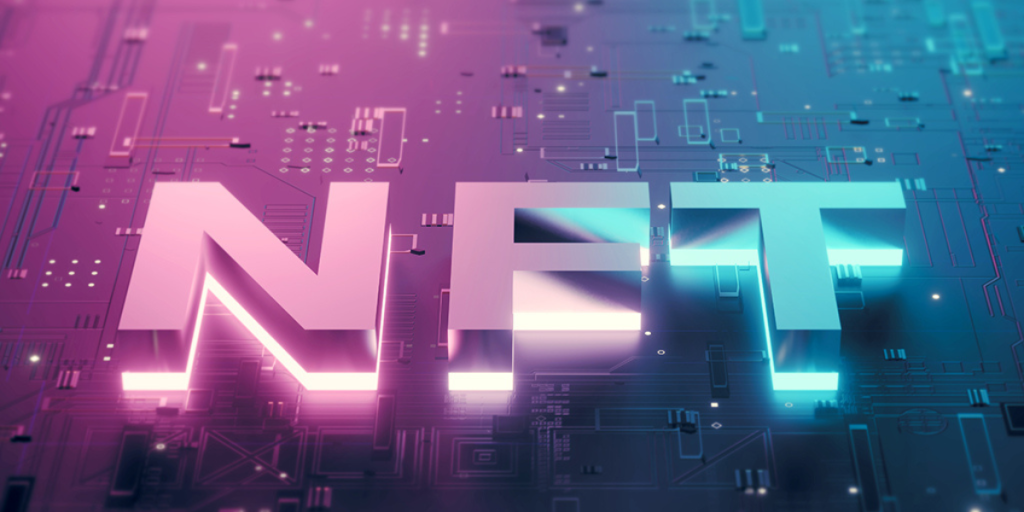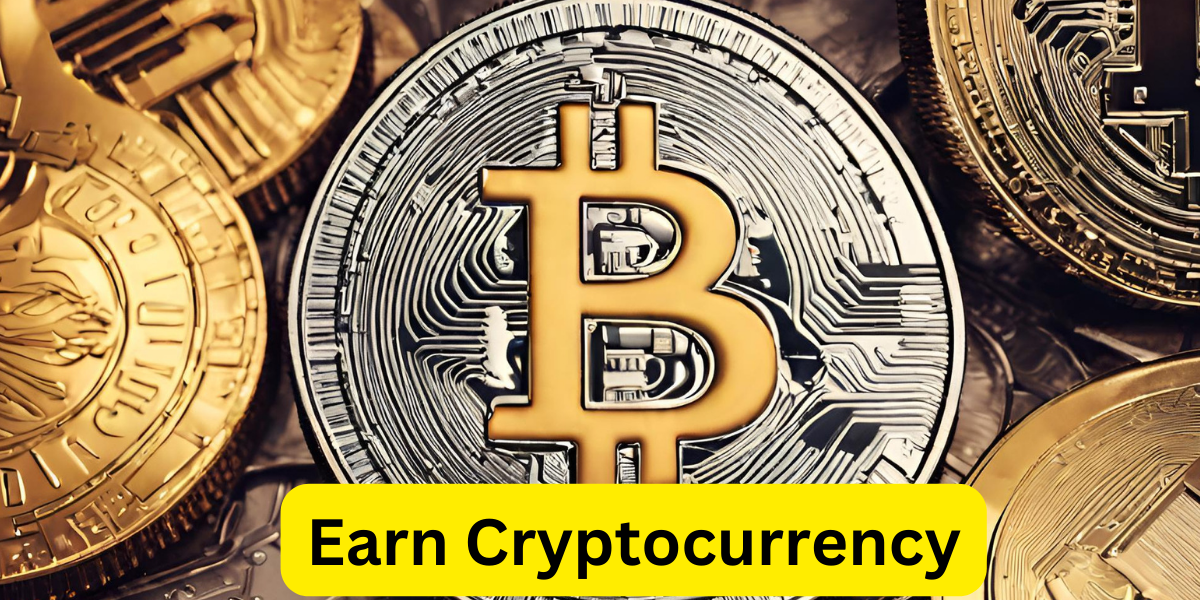What are Dynamic NFTs (NFTs) and how do they work?

Dynamic NFTs: The Future of Non-Fungible Tokens
Non-fungible tokens (NFTs) have taken the world by storm, revolutionizing the way we think about digital ownership and value. However, as the popularity of NFTs continues to soar, a new type of NFT has emerged that promises to take the concept to a whole new level: dynamic NFTs.
So, what exactly are dynamic NFTs, and why are they generating so much buzz in the world of blockchain technology? In this post, we’ll explore the concept of dynamic NFTs and their potential to transform the NFT landscape.
What Are Dynamic NFTs?
At their core, dynamic NFTs are a type of non-fungible token that can change over time. Unlike traditional NFTs, which are static and unchanging, dynamic NFTs can be programmed to respond to various inputs and conditions, allowing them to evolve and adapt in real-time.
For example, a dynamic NFT could be designed to change its appearance based on the time of day or the weather conditions in a particular location. Alternatively, a dynamic NFT could be programmed to respond to changes in its market value, adjusting its appearance or functionality accordingly.
The possibilities for dynamic NFTs are virtually endless, limited only by the imagination and creativity of their creators.
Why Are Dynamic NFTs So Exciting?
So, why are dynamic NFTs generating so much excitement in the world of blockchain technology? There are several reasons:
- Increased Functionality: By adding dynamic elements to NFTs, creators can increase their functionality and utility, making them more valuable and appealing to buyers.
- Enhanced Interactivity: Dynamic NFTs can be designed to respond to user inputs or external conditions, creating a more interactive and engaging experience for buyers.
- Greater Flexibility: Dynamic NFTs can be programmed to respond to changing market conditions or user preferences, allowing them to remain relevant and valuable over time.
- New Creative Possibilities: Dynamic NFTs open up a whole new world of creative possibilities for artists and designers, enabling them to create truly unique and innovative digital assets.
The Future of Non-Fungible Tokens
As the popularity of NFTs continues to grow, it’s clear that dynamic NFTs will play an increasingly important role in the future of blockchain technology. By adding new levels of functionality, interactivity, and flexibility to non-fungible tokens, dynamic NFTs are poised to transform the way we think about digital ownership and value.
Whether you’re an artist looking to create cutting-edge digital art, a collector looking to invest in the latest blockchain-based assets, or simply a curious observer interested in the latest trends in blockchain technology, dynamic NFTs are definitely worth keeping an eye on. The future of non-fungible tokens is looking brighter than ever before!
- How Dynamic NFTs Work?
- What are some examples of conditions that can trigger changes in a Dynamic NFT?
- How are Dynamic NFTs different from traditional NFTs?
- Can Dynamic NFTs be used for more than just art and collectibles?
- What are some potential benefits of using Dynamic NFTs in industries like gaming or finance?
How Dynamic NFTs Work?
- Dynamic Content: Unlike traditional NFTs that represent a static image or file, Dynamic NFTs can incorporate dynamic or interactive elements. These elements can include animations, real-time data, or programmable features.
- Smart Contracts: Dynamic NFTs are often powered by smart contracts on blockchain platforms like Ethereum. These smart contracts define the rules and behaviors of the NFT. They can include code that responds to certain conditions or triggers, enabling the NFT to change its appearance or behavior.
- Real-time Updates: Dynamic NFTs can be designed to update in real-time based on external data sources. For example, a Dynamic NFT representing a digital pet might change its appearance or mood based on the time of day, weather conditions, or the pet’s interactions with its owner.
- Interactivity: Some Dynamic NFTs allow users to interact with them in various ways. For instance, a Dynamic NFT art piece might respond to user inputs or even allow users to influence its appearance or behavior.
- Utility and Functionality: Dynamic NFTs can serve functional purposes. For example, they might grant access to certain online services, unlock exclusive content, or provide membership benefits within a decentralized application or virtual world.
- Community Engagement: Dynamic NFTs can foster engagement within online communities. Owners of Dynamic NFTs might have a say in the evolution of the NFT’s content or behavior through voting or consensus mechanisms.
Overall, Dynamic NFTs expand the possibilities of what digital ownership can mean by adding interactivity, utility, and real-time updates to the traditional concept of NFTs. They are often created by artists, developers, and creators looking to provide unique and evolving experiences to their audiences in the digital realm.
What are some examples of conditions that can trigger changes in a Dynamic NFT?
Dynamic NFTs, also known as Non-Fungible Tokens, are a type of digital asset that can change or evolve over time. Unlike traditional NFTs, which are static and unchangeable, dynamic NFTs have the ability to be modified or updated based on certain conditions or triggers.
Examples of conditions that can trigger changes in a dynamic NFT include:
- Time-based triggers: The NFT may change its appearance or attributes after a specific period of time has passed. For example, an artwork NFT may gradually reveal different layers or animations over time.
- External data triggers: The NFT may react to real-time data from external sources, such as weather conditions, stock market fluctuations, or sports scores. This allows the NFT to reflect the changing world around it.
- User interaction triggers: The NFT may respond to user interactions or actions. For instance, an NFT game character could level up or gain new abilities based on the player’s achievements or progress.
- Randomized triggers: The NFT may change randomly or based on a predetermined algorithm. This adds an element of surprise and uniqueness to the asset.
These are just a few examples of conditions that can trigger changes in dynamic NFTs. The possibilities are vast and can be customized based on the creator’s imagination and the specific use case of the NFT.
How are Dynamic NFTs different from traditional NFTs?
Dynamic NFTs are a type of non-fungible token that can change over time based on certain conditions or triggers. These triggers can be anything from a specific date or time to an external event such as a change in the weather or the outcome of a sporting event.
In contrast, traditional NFTs are static and do not change once they have been minted. They represent a unique digital asset that is stored on a blockchain and can be bought, sold, or traded like any other asset.
Dynamic NFTs, on the other hand, allow for more flexibility and creativity in the way that they can be used. They can be used to create interactive and engaging experiences for users, such as games or collectibles that change over time.
Overall, dynamic NFTs are an exciting development in the world of blockchain technology and offer new opportunities for creators and collectors alike.
Can Dynamic NFTs be used for more than just art and collectibles?
Yes, dynamic NFTs can be used for more than just art and collectibles. Dynamic NFTs are programmable, which means they can be used to represent a wide range of assets that can change over time. For example, they can be used to represent in-game items, virtual real estate, or even real-world assets like real estate or stocks. Dynamic NFTs can also be used to create unique experiences for users, such as interactive games or personalized content. The possibilities are endless with dynamic NFTs, and we are likely to see more innovative use cases emerge as the technology continues to evolve.
What are some potential benefits of using Dynamic NFTs in industries like gaming or finance?
Dynamic NFTs, also known as programmable NFTs, are non-fungible tokens that have the ability to change their properties or behavior based on certain conditions. These conditions can be programmed into the token’s smart contract, allowing for a wide range of possibilities.
In industries like gaming, Dynamic NFTs can add a new level of interactivity and engagement. For example, a game developer could create a Dynamic NFT that changes in appearance or functionality based on the player’s progress or achievements. This could incentivize players to continue playing and striving to unlock new features.
In finance, Dynamic NFTs could be used for a variety of purposes such as tracking ownership of assets or managing supply chain logistics. For example, a company could create a Dynamic NFT that represents ownership of a physical asset like a car or piece of real estate. The token could be programmed to automatically transfer ownership when certain conditions are met, making the process more efficient and secure.
Overall, the potential benefits of using Dynamic NFTs in various industries are vast and could potentially revolutionize the way we interact with digital assets.


